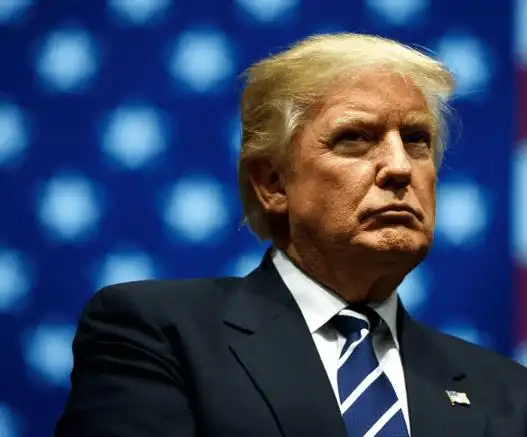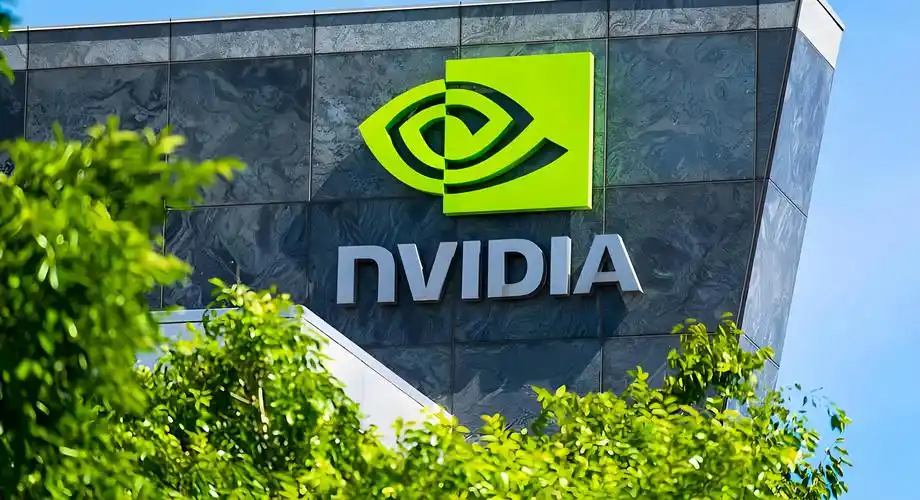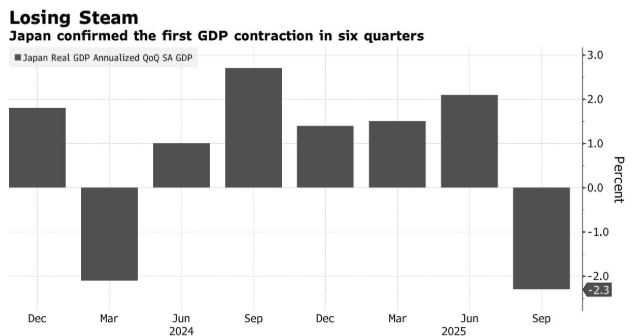The Israeli government has approved an agreement under which Hamas will release the remaining hostages held in the Gaza Strip in exchange for more than 2,000 prisoners. This is another significant measure to fulfill the terms of the peace agreement and end the bloody conflict between the two sides.
In a post on X, the office of Israeli Prime Minister Benjamin Netanyahu said that the government has approved the framework for releasing all hostages, including the bodies of the deceased.
Jared Kushner, the son-in-law of President Donald Trump, attended the meeting together with Steve Witkov, Trump’s special envoy for the Middle East. This move seems to be aimed at ensuring that no opponent will undermine Netanyahu’s plan to facilitate the signing of the agreement. This move paves the way for the release of the hostages in the next three days.
In his video address at the meeting, Netanyahu said he wanted to “personally thank” the two of them.
“Over the past two years, we have been at an important stage of development,” Netanyahu said. Over the past two years, we have fought to achieve our war goals, and one of the core of our war goals is to rescue our hostages, all hostages, regardless of life or death. We are about to achieve this goal.
This move was largely expected, but it became the grand finale of the first phase of the agreement after Hamas’ chief negotiator announced earlier that day that the Iranian-backed organization had agreed to end the war. This war destroyed the Gaza Strip, caused tens of thousands of deaths and undermined the stability of the Middle East.
Two senior US officials, who declined to be named, told reporters Thursday evening that the agreement was divided into two phases – the release of hostages and what they called an “almost permanent ceasefire”. During this period, other issues will be resolved, such as disarmament, the establishment of a new government in Gaza and the redeployment of the Israeli army.
Officials admit that there are many possible mistakes in the agreement, but Trump hopes to restore the momentum of expanding the Abraham Deal. The agreement was signed during his first term, and some countries normalized their relations with Israel through it.
They said that the hostages would be released within 72 hours after Israel’s withdrawal and that the US Central Command would assist in the establishment of a joint task force at the same time as the International Stability Force was set up.
Although Israel and Palestine celebrated the agreement, there are still concerns about whether it can be effectively implemented. Earlier on Thursday, Israeli Deputy Foreign Minister Sharon Haskell told Bloomberg Television in an interview that the ceasefire agreement had come into effect. But the Israeli army also said that military forces attacked a Hamas group in the northern part of the Gaza Strip.
Although Trump may have received a commitment to a ceasefire, turning it into a long-term peace will depend on key challenges – the most urgent of which is to provide food and resettlement for the Gaza population, and then reach an agreement on governance issues and how to pay for the expensive reconstruction costs – while the threat of Hamas rebuilding and reignecting the fighting or Israel returning to the conflict still exists.
“Gaza’s social structure has completely vanished,” said GHF spokesperson Chapin Fey. This is a shocking assessment, coming from an organization that has been widely criticized for its cooperation with Israel. Meanwhile, more established aid agencies like the United Nations Relief and Works Agency for Palestine Refugees in the Near East (UNRT) have been effectively prevented by Israel from conducting business in Gaza.
The World Bank said in February that the reconstruction of Gaza could cost about 53 billion US dollars, but a better future for Gaza still has a long way to go.
At present, the focus is on humanitarian aid. Food and medicine worth millions of dollars are waiting for Israel’s approval to be transported to Gaza. Israel still seizes taxes from Palestine, which are the main lifeline of the Palestinian authority. Stabilizing the training and equipment of troops requires a large amount of funds – it is still unclear where these troops and funds will come from.
Mediators from the United States, Egypt, Qatar and Turkey have exerted tremendous pressure to reach this point. Everyone agrees that the direction of the next stage is far from clear.
Trump’s plan does not state that the establishment of a Palestinian state is necessary, but he agrees with it in point 19 of 20, stating that only through reform and redevelopment of the Palestinian Authority can reliable conditions be created for Palestine to move towards self-determination and statebuilding – this is still far from establishing a true state.
The report also made no mention of the fate of the West Bank. The Israeli military has intensified its crackdown on so-called armed groups. Meanwhile, the number of Israeli settlements has been increasing, and violence by settlers against Palestinians has also soared. If these problems are not solved, lasting peace will have no hope of being achieved.
“I do believe that, considering the challenges we faced at the time, the time constraints and such factors, the agreement we could reach was already the best,” said Gais Omari, a senior fellow at the Washington Institute and an advisor to the Palestinian negotiating team in the early 21st century. But “we still have to face some real problems in the end.”


